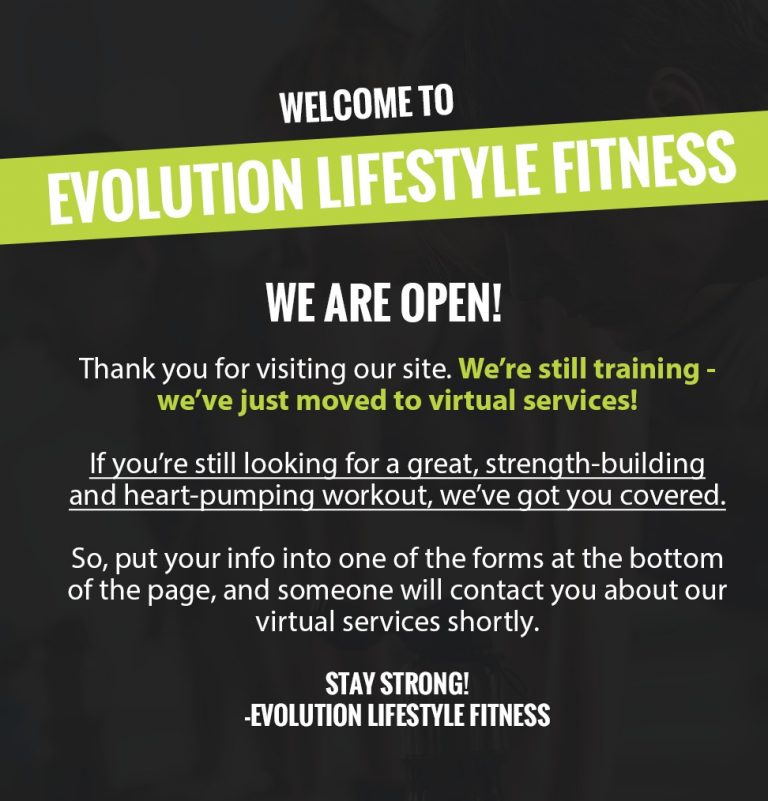Get The Body You Want By Changing Your Mind
 Some people have tried to lose weight before and failed. Then sometimes sabotage their efforts and why? It’s because they don’t believe they either deserve or can achieve success when it comes to fitness and weight loss. You can get the body you want by changing your mind. I tell clients in Raleigh that success comes with the right attitude and consistency. Changing doesn’t occur overnight. It’s the compilation of many small changes that add up to huge benefits.
Some people have tried to lose weight before and failed. Then sometimes sabotage their efforts and why? It’s because they don’t believe they either deserve or can achieve success when it comes to fitness and weight loss. You can get the body you want by changing your mind. I tell clients in Raleigh that success comes with the right attitude and consistency. Changing doesn’t occur overnight. It’s the compilation of many small changes that add up to huge benefits.
Put one foot in front of the other.
That song looms in my head when I have a difficult task. Sure, it’s from a Christmas program for kids, but there’s no better lesson to learn no matter what your age. Everything starts by taking the first step, followed by the second. Focus on taking that first step. Start a workout program and don’t think about the months and years you’ll be doing it, but instead about doing that one time. Vow to do that workout and consider the next when the time comes. It’s far easier to envision just one workout and once you’re done, you’ll be glad you did it.
Find something to like to eat that’s healthy and remember, you still can have some of your favorite food.
Don’t focus on what foods you hate or those you’ll miss, find new healthier options you love! Remember that eating healthy doesn’t have to mean you’re giving up all your favorite foods forever. It means that you’ll eat fewer of them and more healthy options. That makes it easier when you know you don’t have to go a lifetime without your favorite high calorie dish or pass up that delicious pie your aunt makes for the holidays.
Be your own best friend.
Too often people say the absolute worst things about themselves that would be fighting words if they came from anyone else. Don’t be that person. You deserve praise when you do something right, not condemnation for not doing enough. Focus on the positive. If you ate healthy on Monday, log it and wear that success with pride. If you secretly stole candy out of your child’s Halloween bounty, don’t beat yourself up over it, we all make mistakes.
- Feel each movement during your exercise and realize how good it is to move those muscles. It may be tough, but the fact you can do it and are tackling it, means you’re even tougher.
- Don’t think about past failures. Every day we wake up, we’re a new person with new experiences. Remember, you are a winner and can accomplish anything you set your mind to do.
- Track your workout and track your progress. Keeping a food chart is also important. Winners keep score.
- Stay consistent. If life throws you a curve ball and there’s no time to workout, break your workout to smaller ten minute sessions or do even smaller sessions during television commercials. Do what you can when you can to maintain your workout schedule.

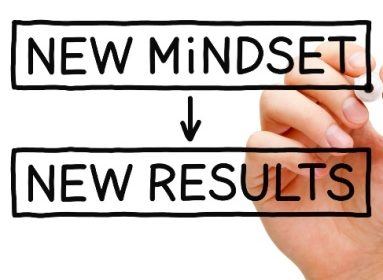

 Yes, the paleo diet does tell you to eat like cavemen, but if you’re eating in Raleigh, NC capturing your prey and foraging the woods for berries and greens isn’t a lifestyle everyone can follow. However, the concept of eating similar foods to that of a caveman is a far healthier idea than the average American’s diet today. Cavemen didn’t farm, an agrarian society didn’t exist at that time. It’s doubtful they had milk products, although no one is sure whether these nomads first used antelopes for milk.
Yes, the paleo diet does tell you to eat like cavemen, but if you’re eating in Raleigh, NC capturing your prey and foraging the woods for berries and greens isn’t a lifestyle everyone can follow. However, the concept of eating similar foods to that of a caveman is a far healthier idea than the average American’s diet today. Cavemen didn’t farm, an agrarian society didn’t exist at that time. It’s doubtful they had milk products, although no one is sure whether these nomads first used antelopes for milk.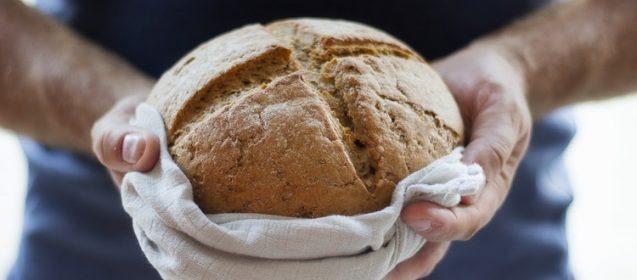
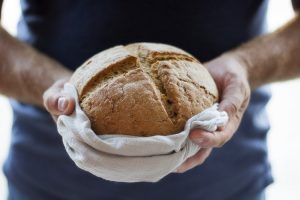 There’s nothing new about a low carb diet. In the 1920s it was used to help control seizures. Prior to that fasting was used for 1400 years, but you can easily see why that wasn’t sustainable. (
There’s nothing new about a low carb diet. In the 1920s it was used to help control seizures. Prior to that fasting was used for 1400 years, but you can easily see why that wasn’t sustainable. (
 If fitness were like painting a room or completing a paper, you could muscle through it. However, it’s a commitment that requires daily attention for the rest of your life. Dreading your workout or resenting healthy eating over the long haul will take its toll. In order to be successful for the rest of your life, you need to fall in love with fitness, so it’s something you look forward to achieving. That requires taking a close look at both the benefits and why you hate doing it so much.
If fitness were like painting a room or completing a paper, you could muscle through it. However, it’s a commitment that requires daily attention for the rest of your life. Dreading your workout or resenting healthy eating over the long haul will take its toll. In order to be successful for the rest of your life, you need to fall in love with fitness, so it’s something you look forward to achieving. That requires taking a close look at both the benefits and why you hate doing it so much.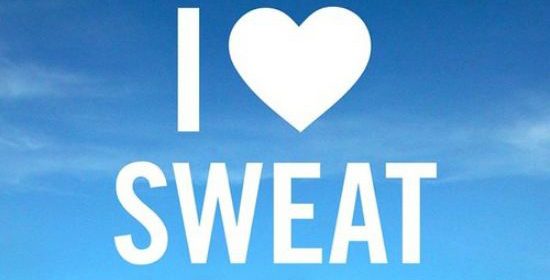
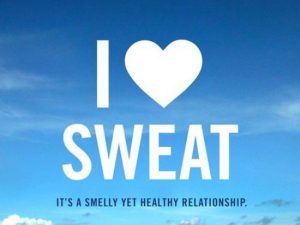 I saw one of my clients wearing a T-shirt that said, “Sweat Is Just Your Fat Crying,” and I loved it. While it isn’t scientifically accurate, who cares, it’s a fun phrase that helps you remember that when you work hard, you get results. However, just because you sweat, it doesn’t mean you’ve gotten the best workout or put in the effort required to shed those extra pounds and build muscle tissue. A lot of things can cause sweating. Some people sweat more than others normally. The room could be warm or you could have just eaten a super spicy hot pepper dish. You really don’t build muscle tissue in a steam room, but you’ll probably sweat more in there than you do in the gym.
I saw one of my clients wearing a T-shirt that said, “Sweat Is Just Your Fat Crying,” and I loved it. While it isn’t scientifically accurate, who cares, it’s a fun phrase that helps you remember that when you work hard, you get results. However, just because you sweat, it doesn’t mean you’ve gotten the best workout or put in the effort required to shed those extra pounds and build muscle tissue. A lot of things can cause sweating. Some people sweat more than others normally. The room could be warm or you could have just eaten a super spicy hot pepper dish. You really don’t build muscle tissue in a steam room, but you’ll probably sweat more in there than you do in the gym.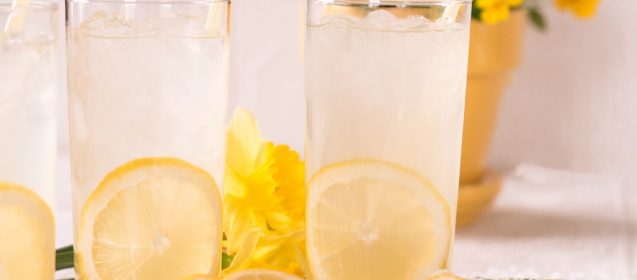
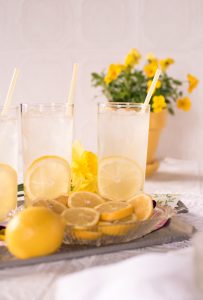 Dehydration can occur quite easily, especially if you’re working out in the summer heat. It can be so severe that it even causes death. However, there are types of mild dehydration that may occur every day that don’t have an immediate obvious effect, but can cause damage that can range from mild to severe. The body requires water. In fact, about 60 percent of the body is water, with up to 73 percent of the brain and heart water, 83 percent of the lungs water and even though it may not seem like it, the bones even have a high percentage of water, 31 percent! To avoid a serious condition, whether acute or chronic, you need to look for signs you might need to drink more water
Dehydration can occur quite easily, especially if you’re working out in the summer heat. It can be so severe that it even causes death. However, there are types of mild dehydration that may occur every day that don’t have an immediate obvious effect, but can cause damage that can range from mild to severe. The body requires water. In fact, about 60 percent of the body is water, with up to 73 percent of the brain and heart water, 83 percent of the lungs water and even though it may not seem like it, the bones even have a high percentage of water, 31 percent! To avoid a serious condition, whether acute or chronic, you need to look for signs you might need to drink more water
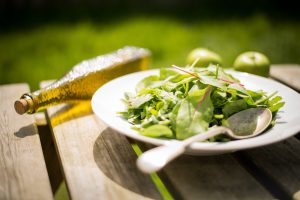 You don’t have to be aging to find yourself at a loss for that one specific word or forget where you left your keys. However, as you age, forgetting things may occur more frequently. Whether you’re facing your senior years, in your senior years or just a young kid, boosting your memory can be a huge help whether in class or on the job. It also can be quite reassuring the older you get. You can improve your memory with spinach and many other foods. There are also other ways a healthier lifestyle helps you improve your recall.
You don’t have to be aging to find yourself at a loss for that one specific word or forget where you left your keys. However, as you age, forgetting things may occur more frequently. Whether you’re facing your senior years, in your senior years or just a young kid, boosting your memory can be a huge help whether in class or on the job. It also can be quite reassuring the older you get. You can improve your memory with spinach and many other foods. There are also other ways a healthier lifestyle helps you improve your recall.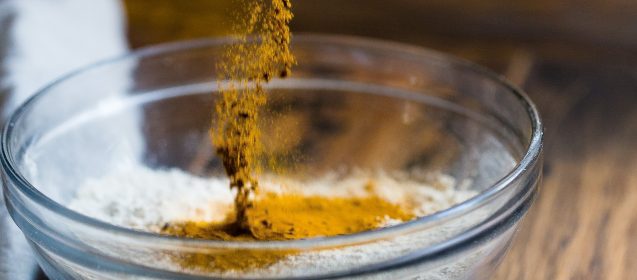
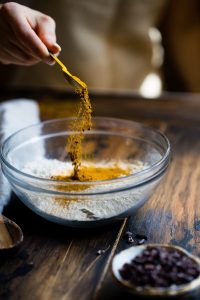 You know I’m always advocating for healthier eating and getting more nutrition from healthier foods. That’s why adding spices and herbs can enhance the nutritional value of a meal, without adding extra calories. There are all types to choose from, but I’m focusing on adding turmeric for a healthier meal because it can also help you get the most out of your workout. You have endothelial cells that line your veins and arteries. These have an impact on your blood pressure, heart health and immune function. Exercise enhances nitric oxide, which relaxes the vessels and increases blood flow to provide a healthier heart. In fact, it works much like nitroglycerin. Curcumin boosts the benefits of exercise.
You know I’m always advocating for healthier eating and getting more nutrition from healthier foods. That’s why adding spices and herbs can enhance the nutritional value of a meal, without adding extra calories. There are all types to choose from, but I’m focusing on adding turmeric for a healthier meal because it can also help you get the most out of your workout. You have endothelial cells that line your veins and arteries. These have an impact on your blood pressure, heart health and immune function. Exercise enhances nitric oxide, which relaxes the vessels and increases blood flow to provide a healthier heart. In fact, it works much like nitroglycerin. Curcumin boosts the benefits of exercise.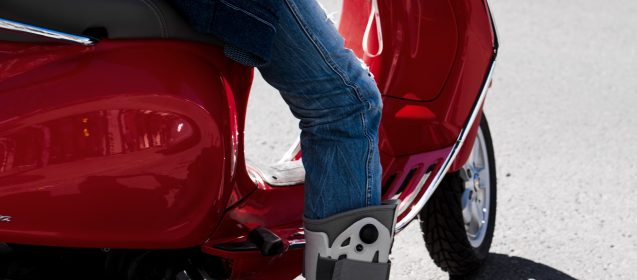
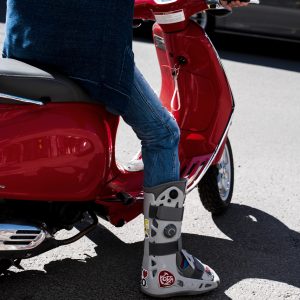 Feet are extremely complex. There are 26 bones in the feet, 33 joints and over 100 tendons, ligaments and muscles. When one part isn’t doing its job, it can affect all the other moving parts. You don’t have to sit and suffer. In fact, sitting may be the worse thing for you. You can relieve foot problems with exercises. There are so many painful conditions, from bunions and flat feet to plantar fasciitis that can put your workout to the side, but with a few exercises done on a regular basis, you can be back to the gym in no time.
Feet are extremely complex. There are 26 bones in the feet, 33 joints and over 100 tendons, ligaments and muscles. When one part isn’t doing its job, it can affect all the other moving parts. You don’t have to sit and suffer. In fact, sitting may be the worse thing for you. You can relieve foot problems with exercises. There are so many painful conditions, from bunions and flat feet to plantar fasciitis that can put your workout to the side, but with a few exercises done on a regular basis, you can be back to the gym in no time.
 You may have read about eye exercises that can help reduce the need for eyeglasses, but did you know that you can protect your eyesight with exercise that involves the whole body? For instance, type 2 diabetes affects the entire body, including vision. One way to help control it is with healthy eating, but when you combine that with exercise, you get the best results. It causes diabetic retinopathy, the leading cause for blindness for diabetics and for working age people. You also get other vision saving benefits from exercise, even if you aren’t diabetic.
You may have read about eye exercises that can help reduce the need for eyeglasses, but did you know that you can protect your eyesight with exercise that involves the whole body? For instance, type 2 diabetes affects the entire body, including vision. One way to help control it is with healthy eating, but when you combine that with exercise, you get the best results. It causes diabetic retinopathy, the leading cause for blindness for diabetics and for working age people. You also get other vision saving benefits from exercise, even if you aren’t diabetic.